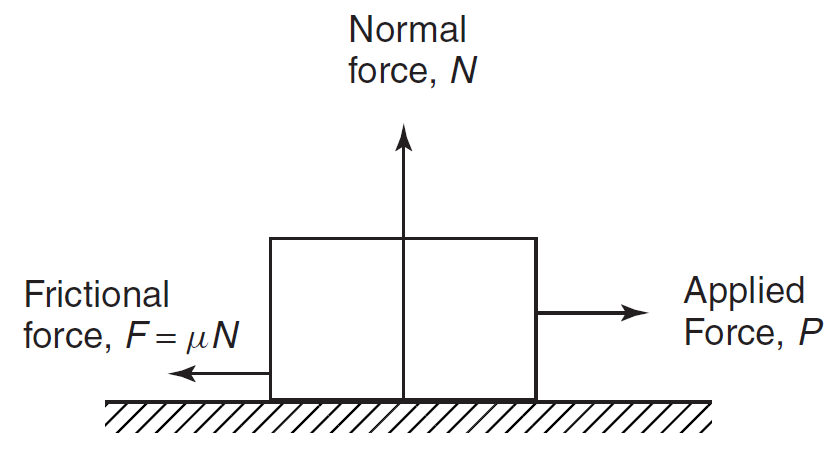
http://me-mechanicalengineering.com/wp-content/uploads/2015/11/direction-of-the-forces-calculating-frictional-force.png
|
The force that friction resists your
movement with can be found with the
equation F=µN or
force= the coefficient of friction times
the normal force. The normal force is
governed by gravity and the skiier's
weight do the main component that we are
conserned with in how easy your skis
will slide over the ground is known as
the coefficient of friction (µ). Put
simply, the coefficient of friction is a
measure of how easily an object can
slide over a surface; the lower the (µ)
value, the easier you will find it to
slide and the faster you will go on your
skis. Later on we will even discuss ways
that skiers use to temporarily lower the
(µ) values of their skis and move even
faster!
|